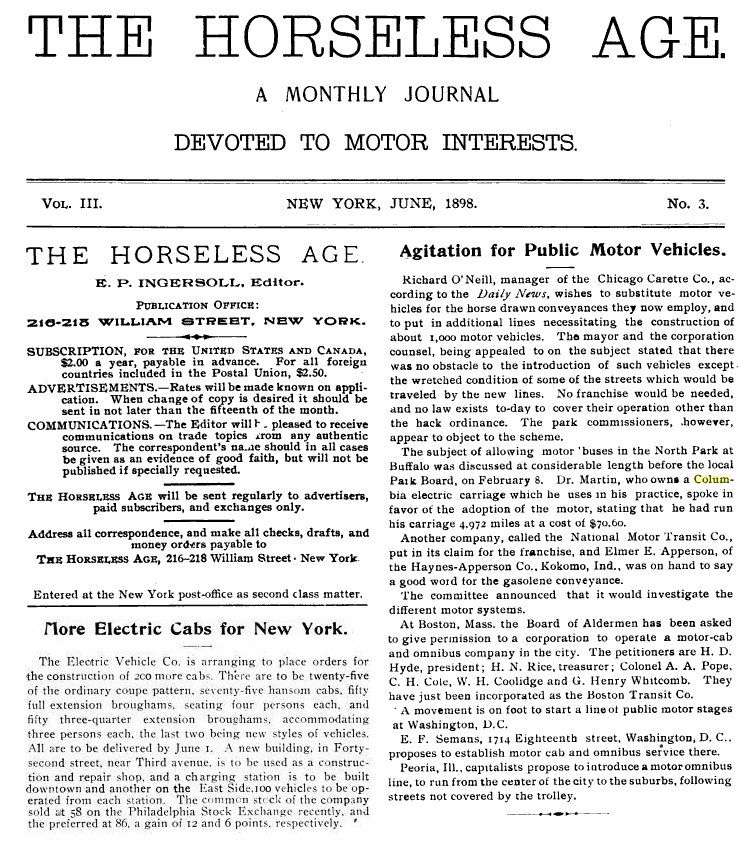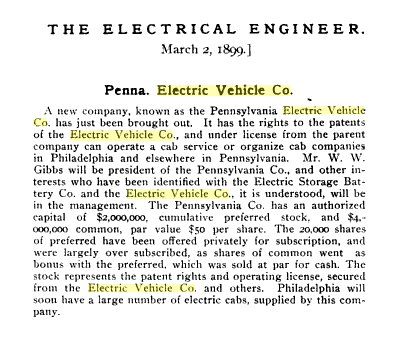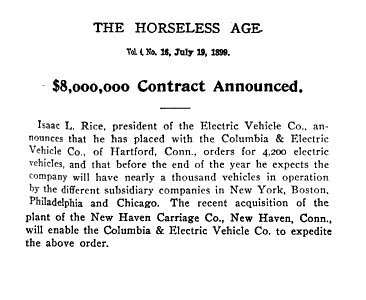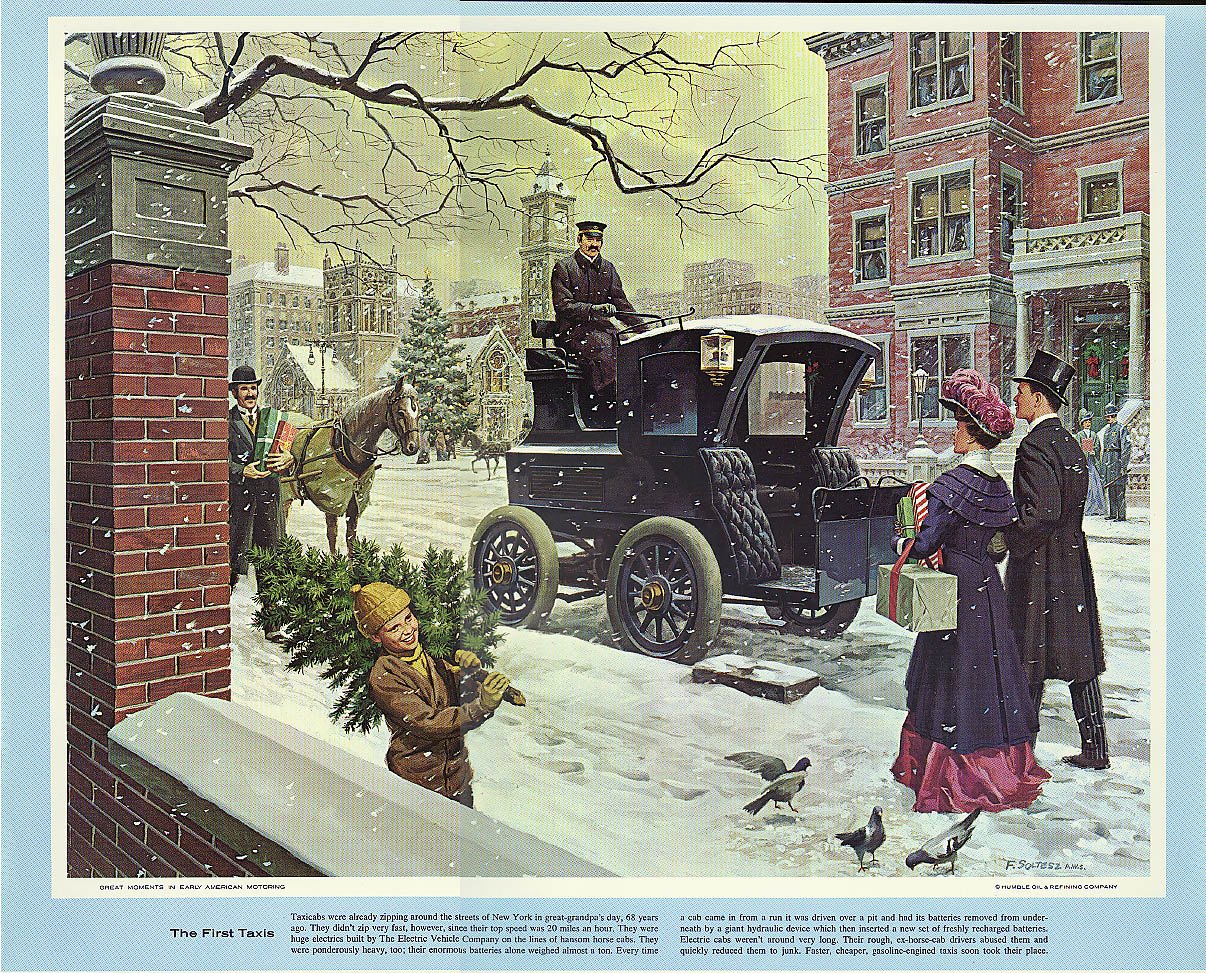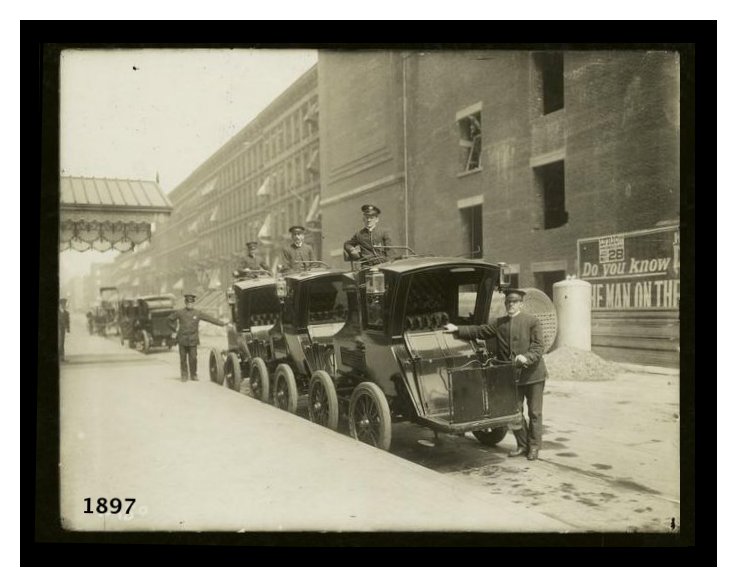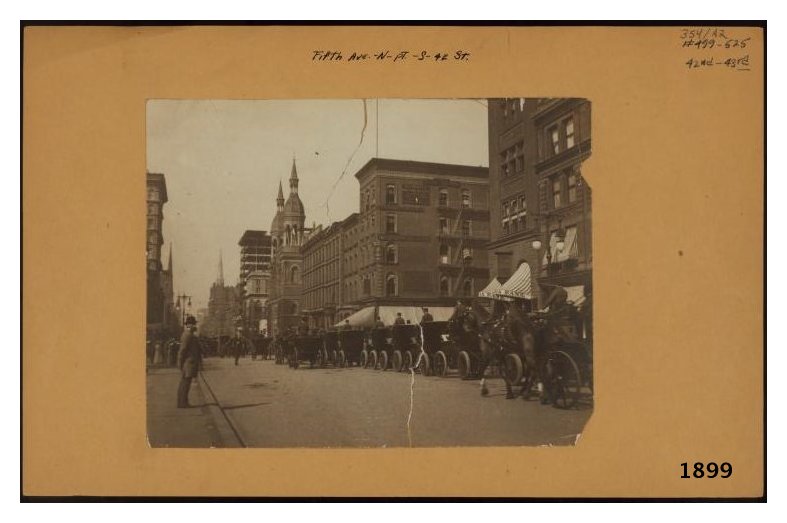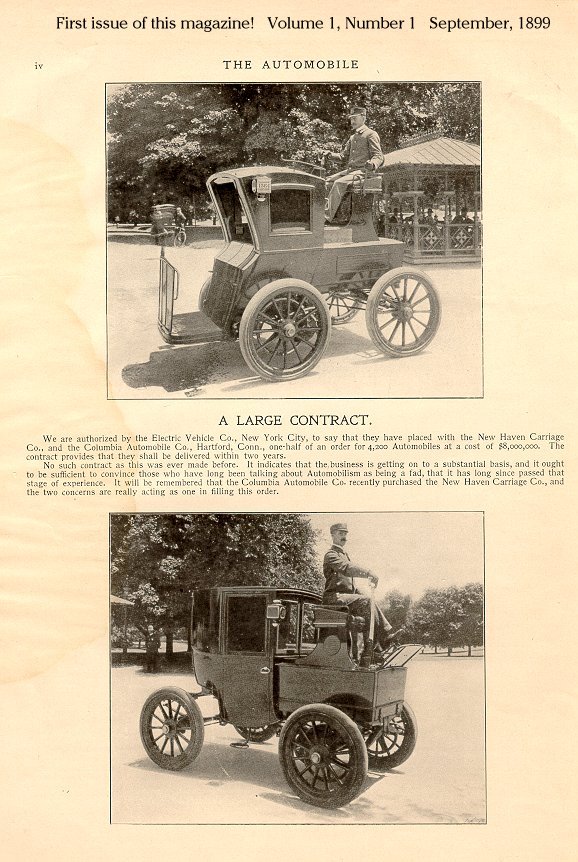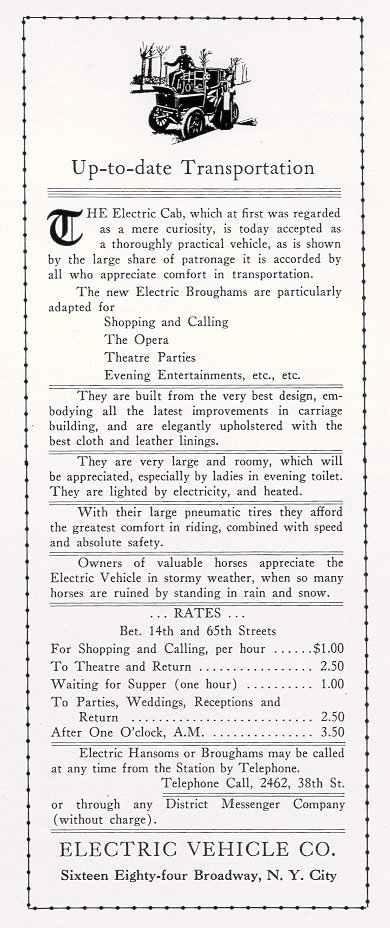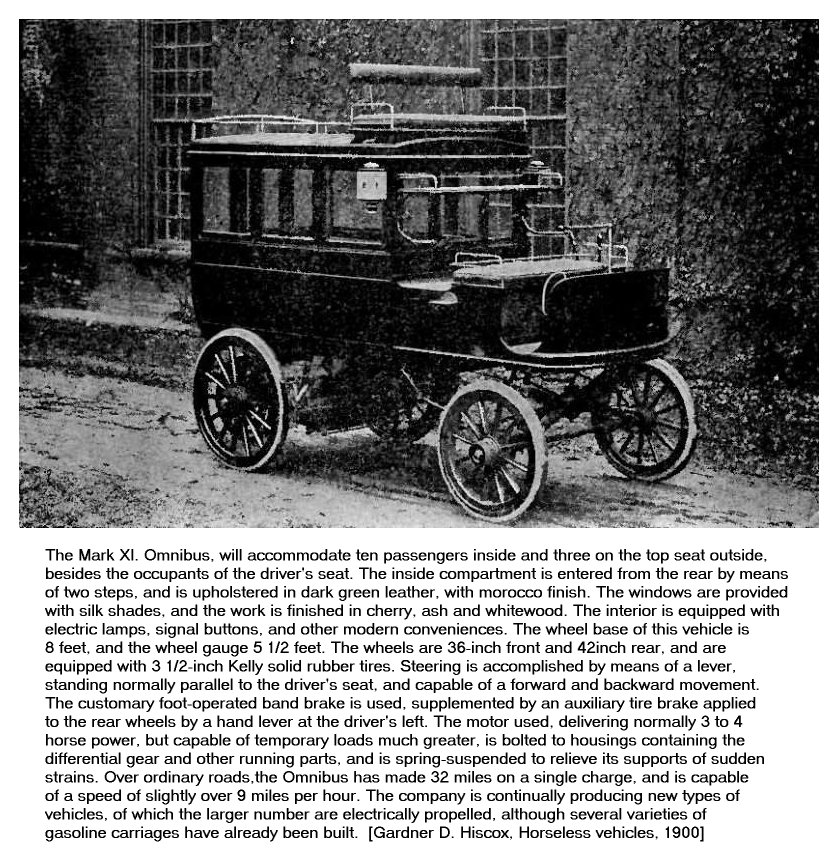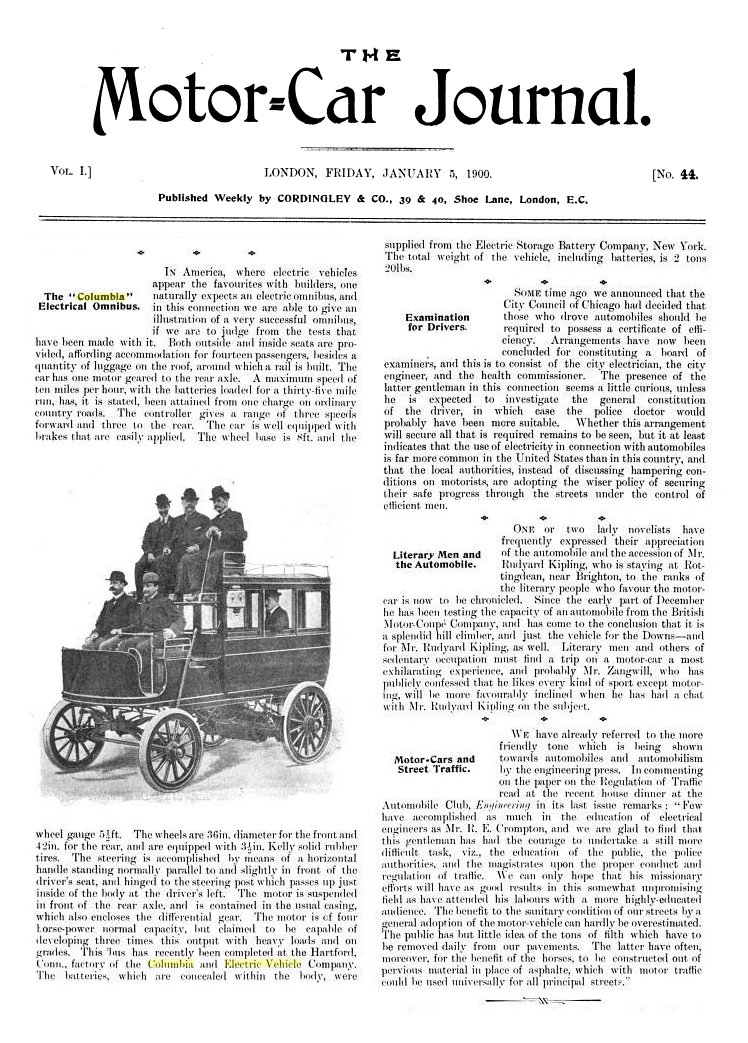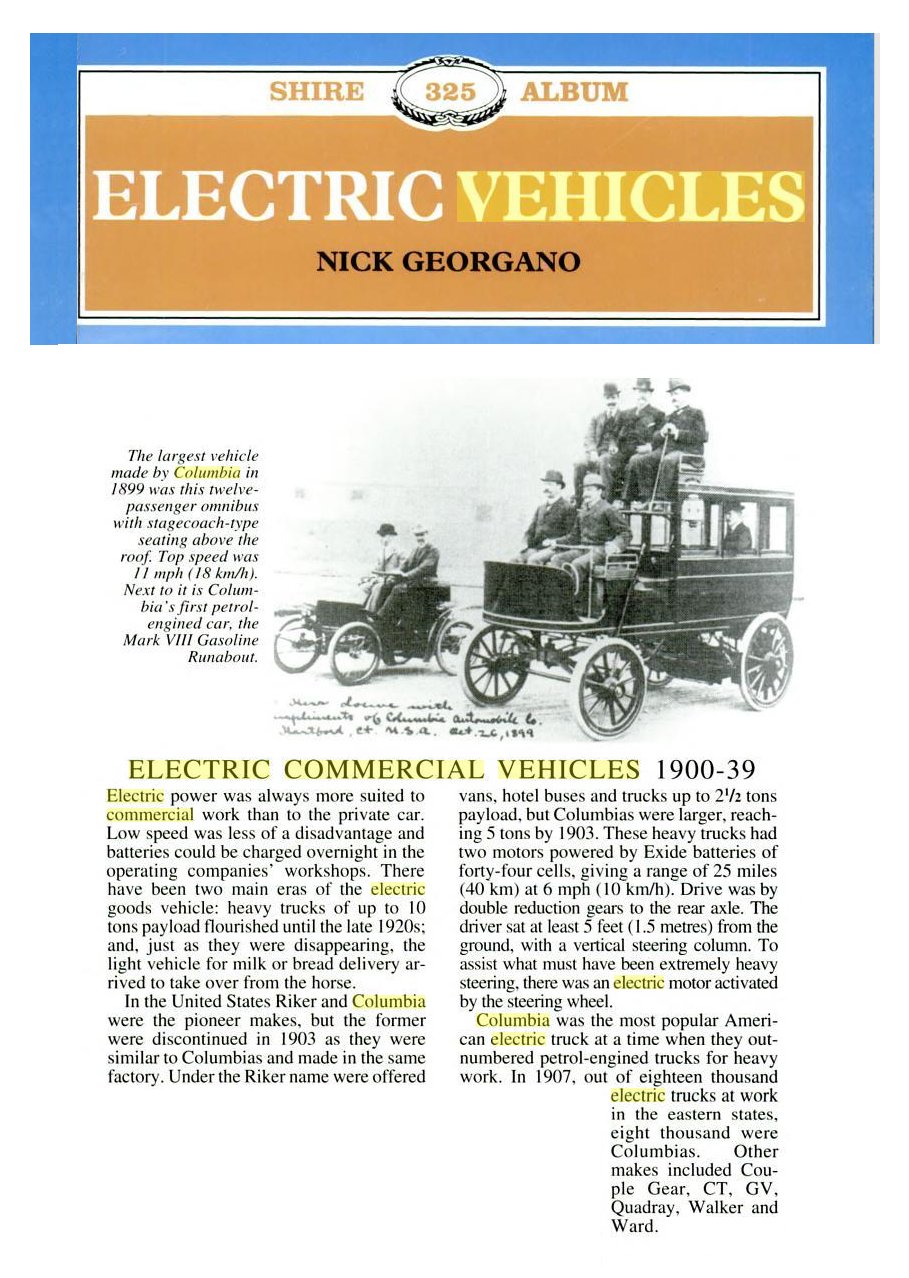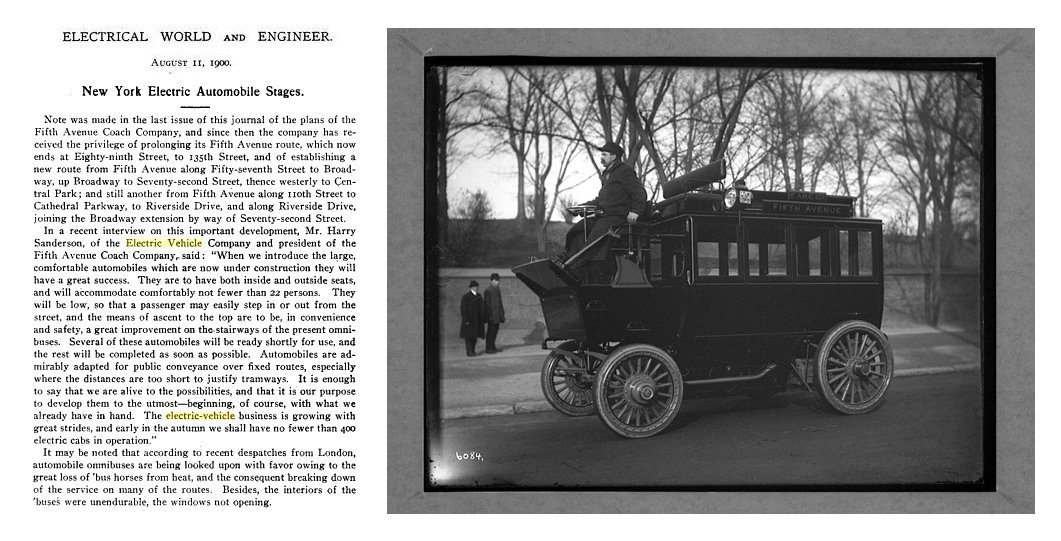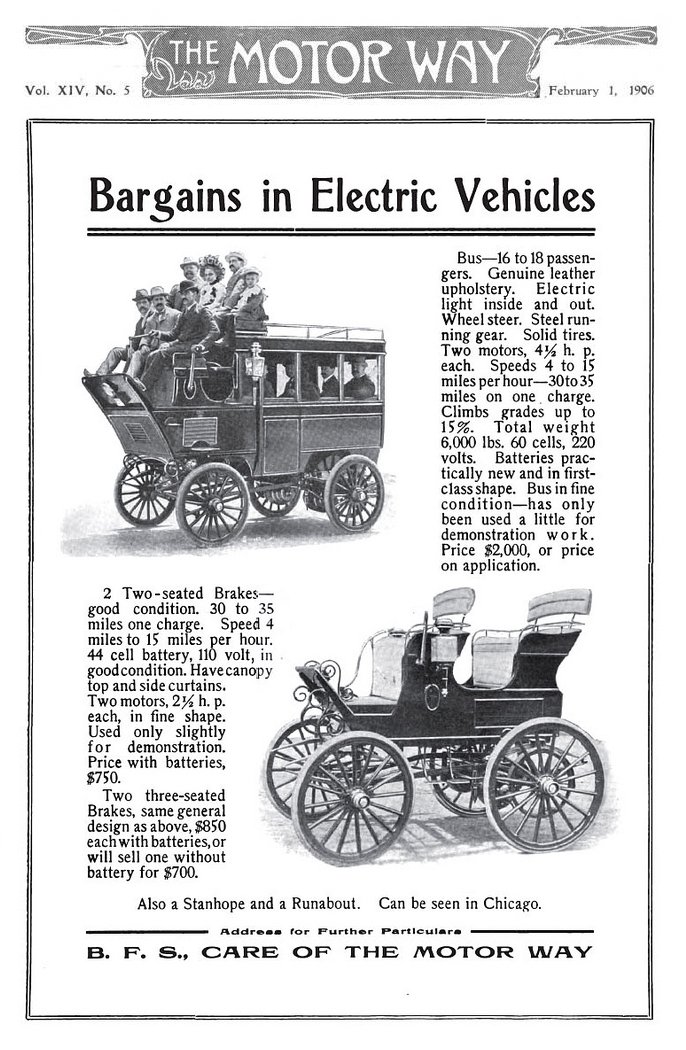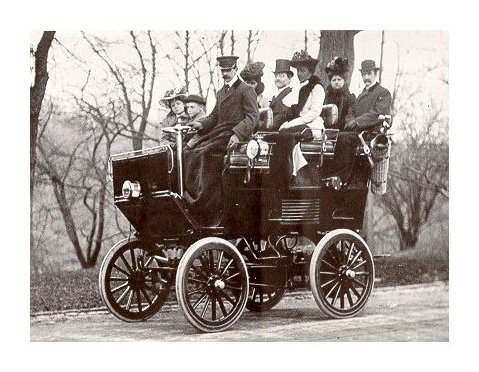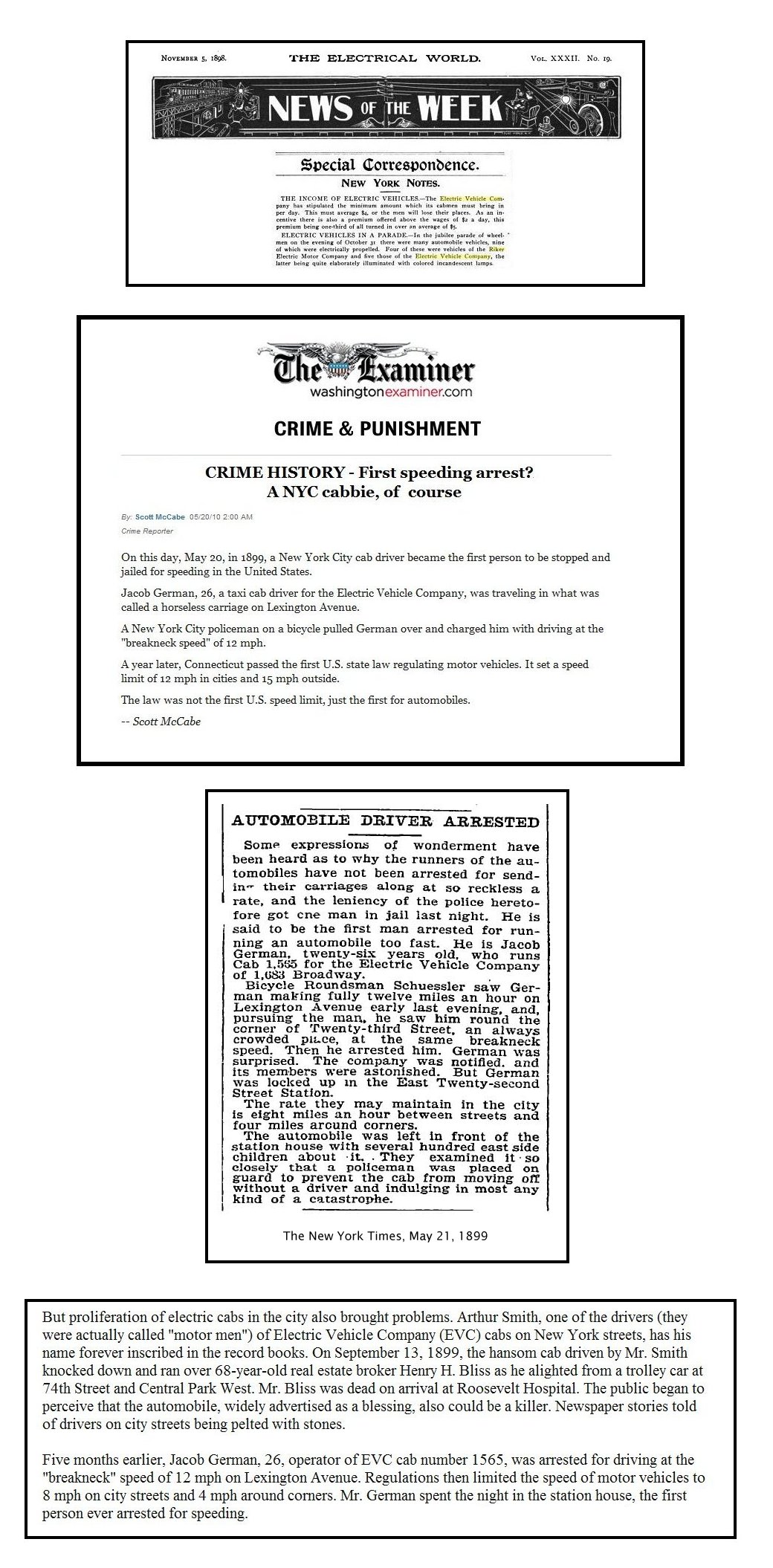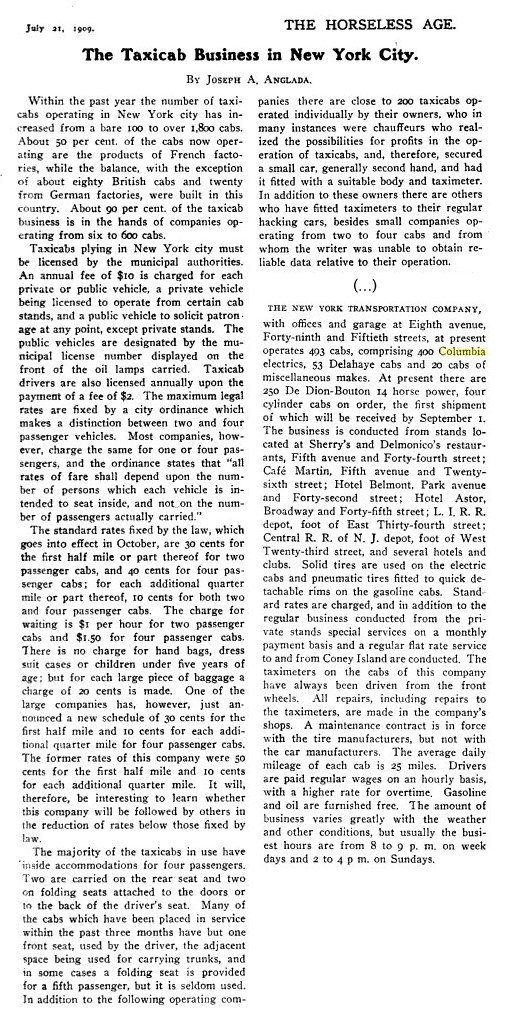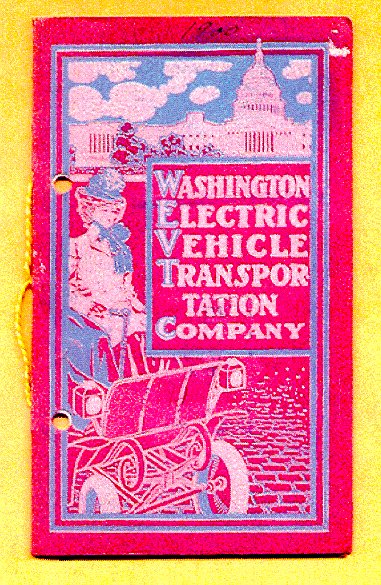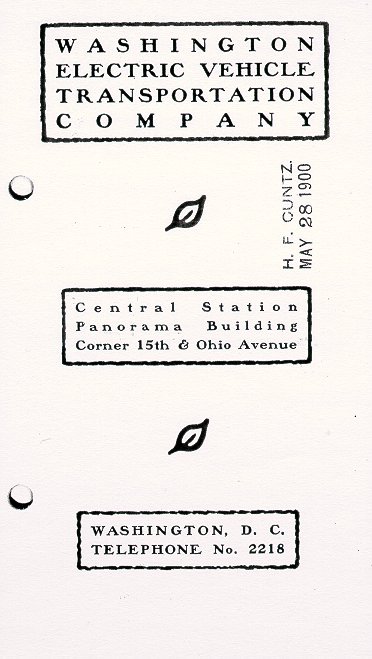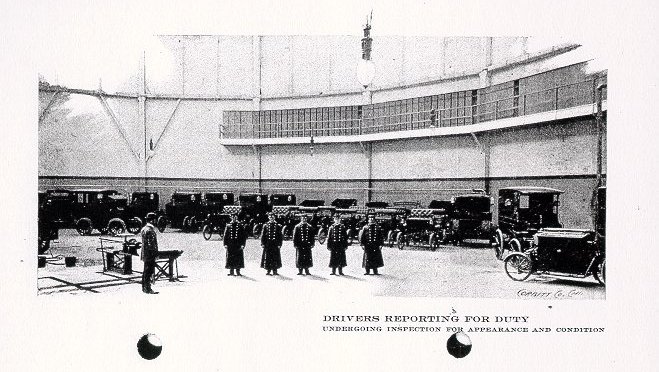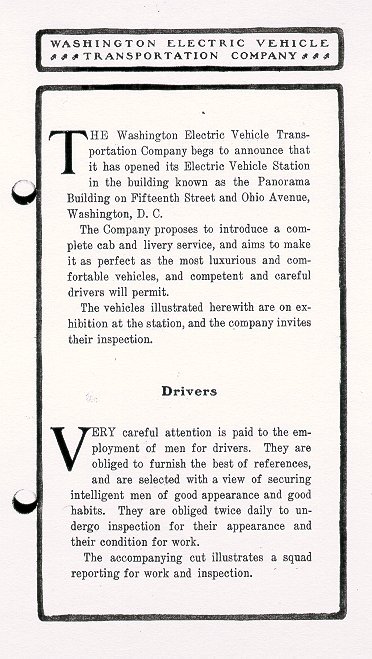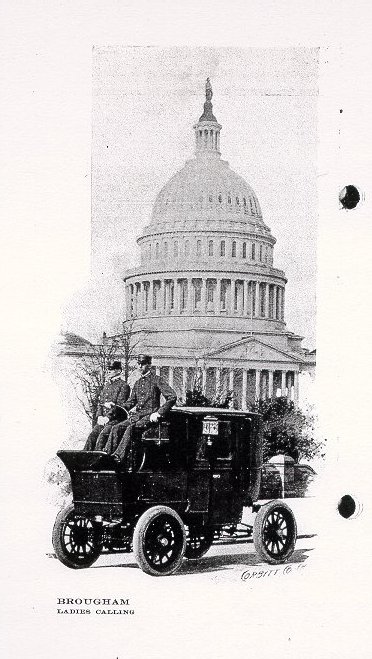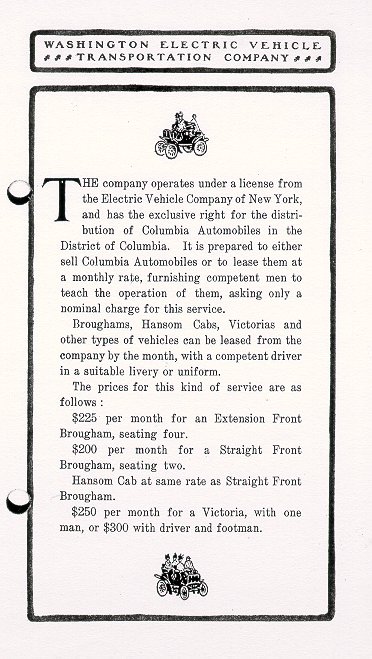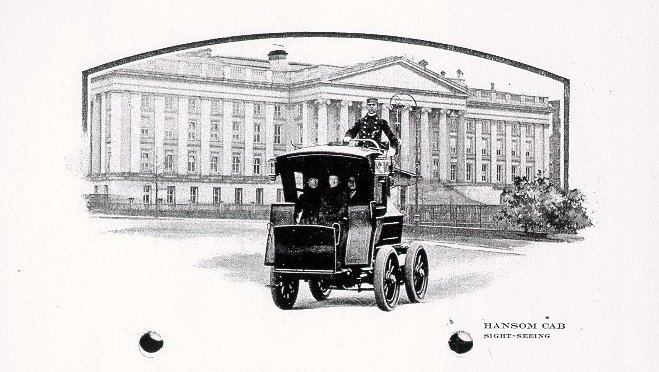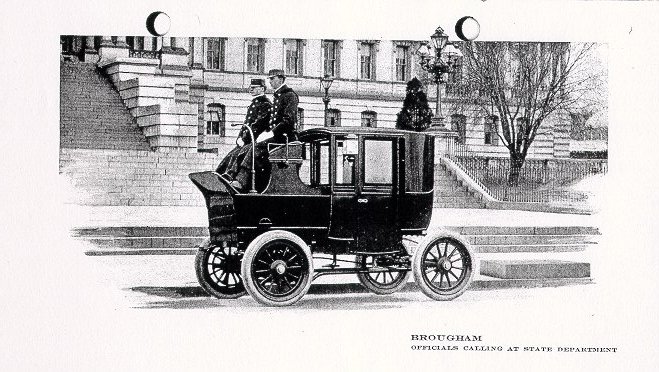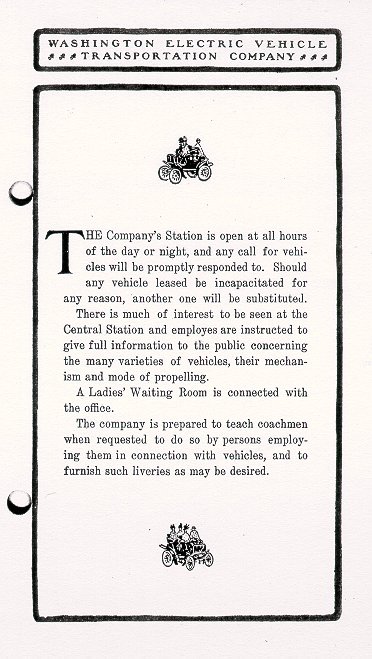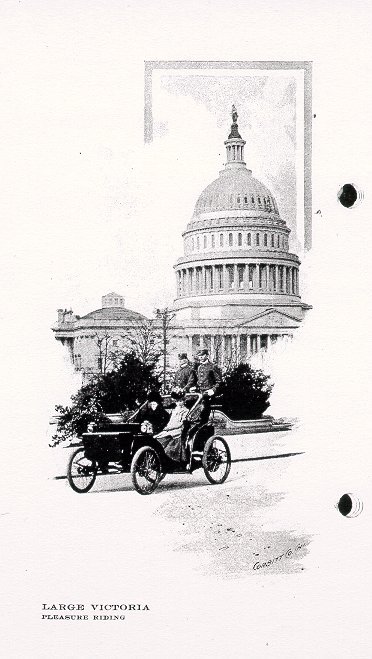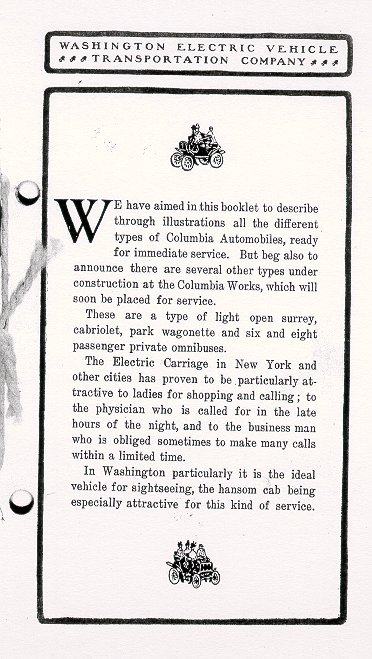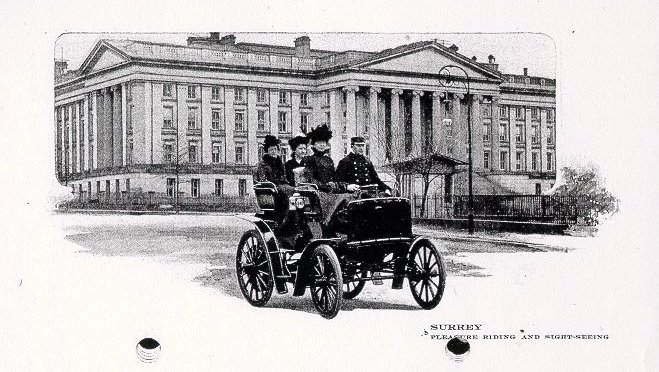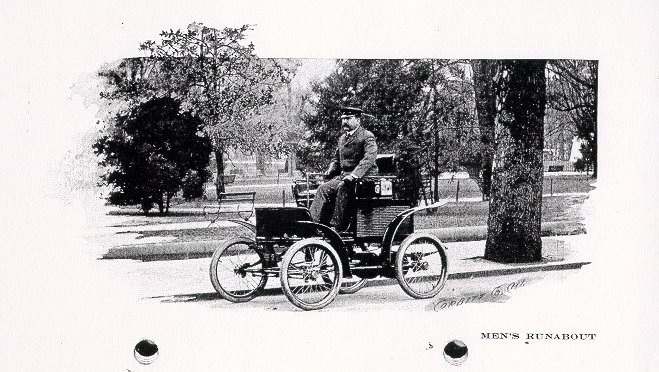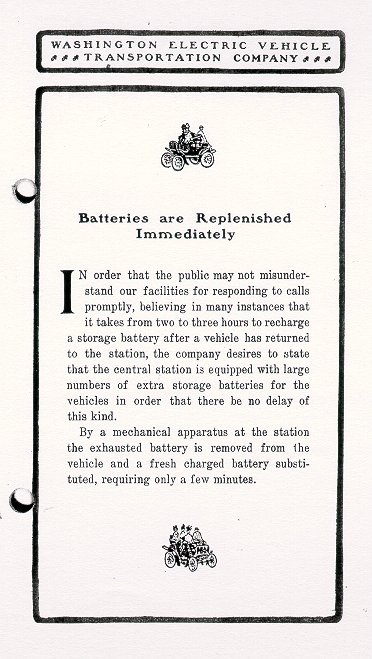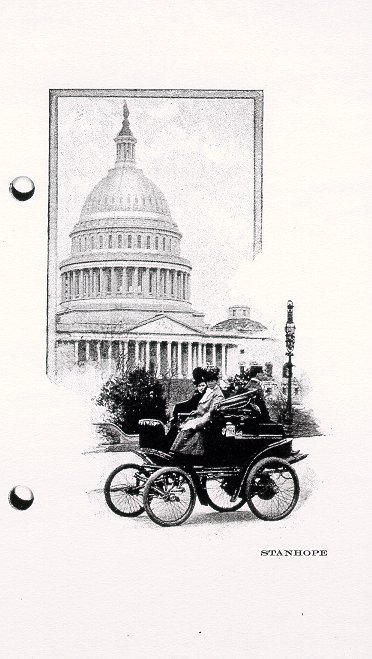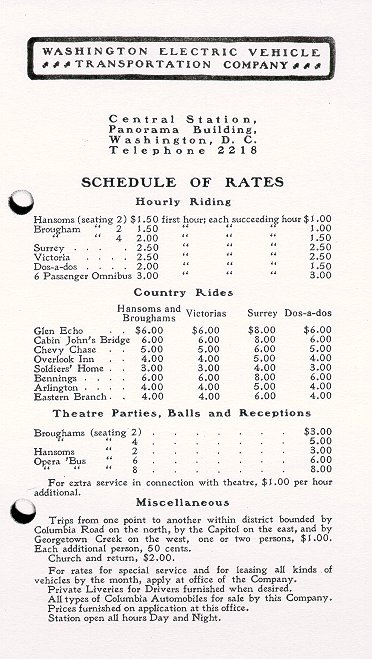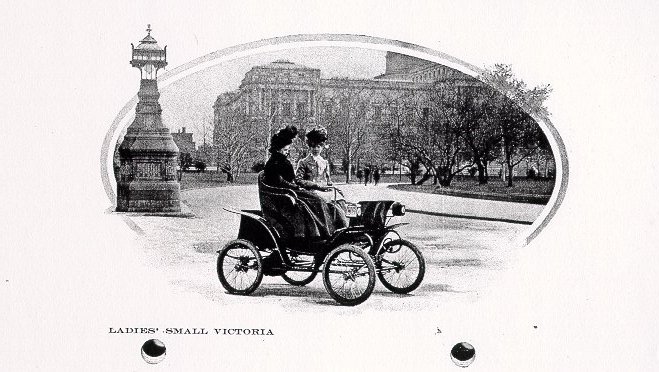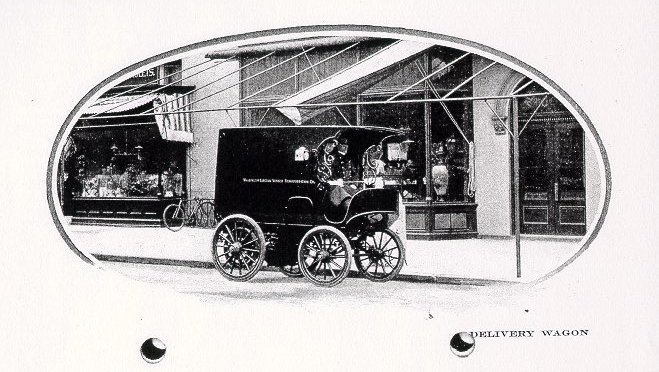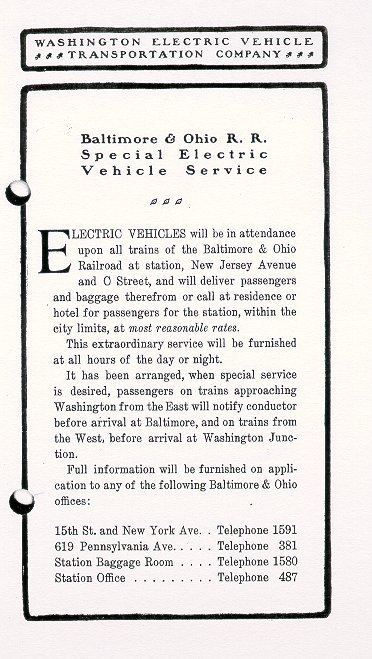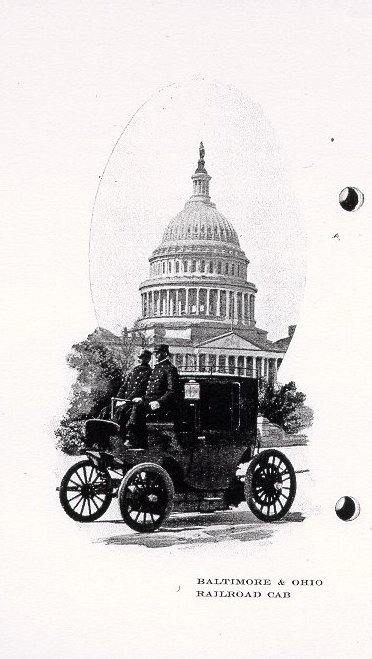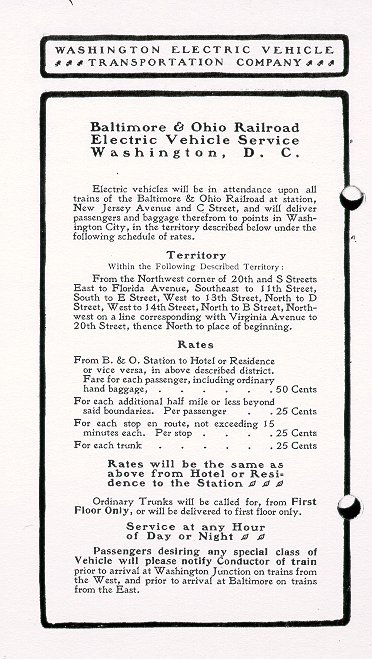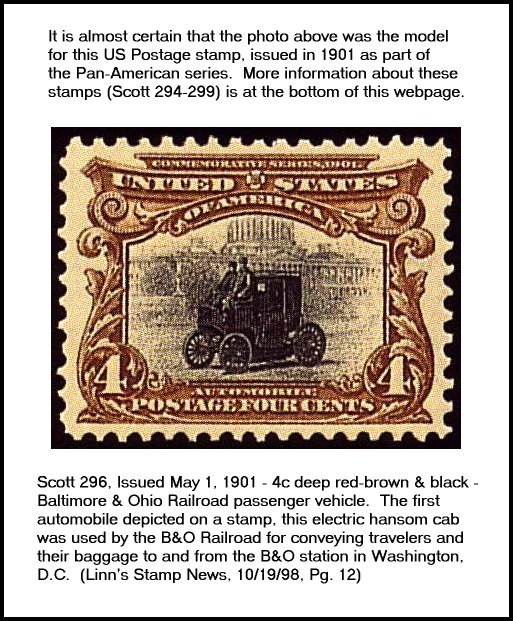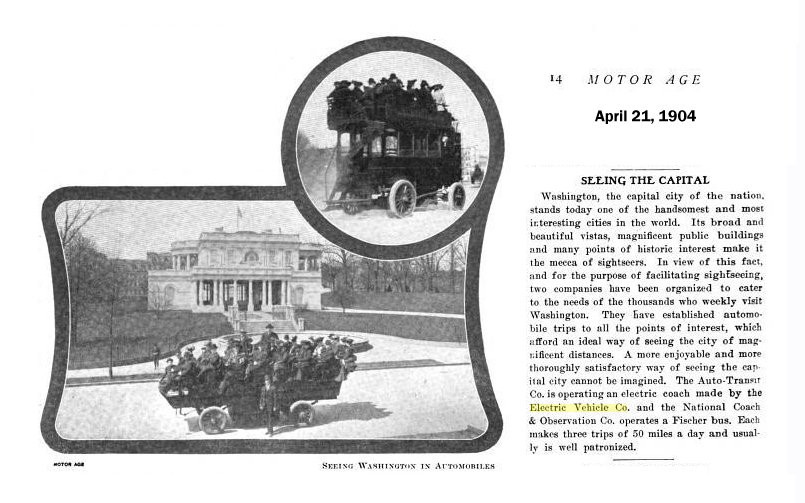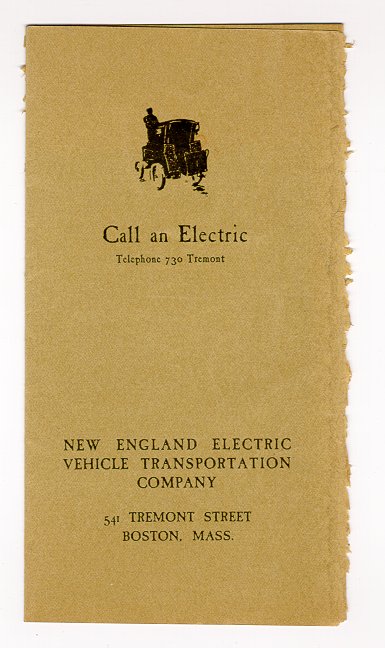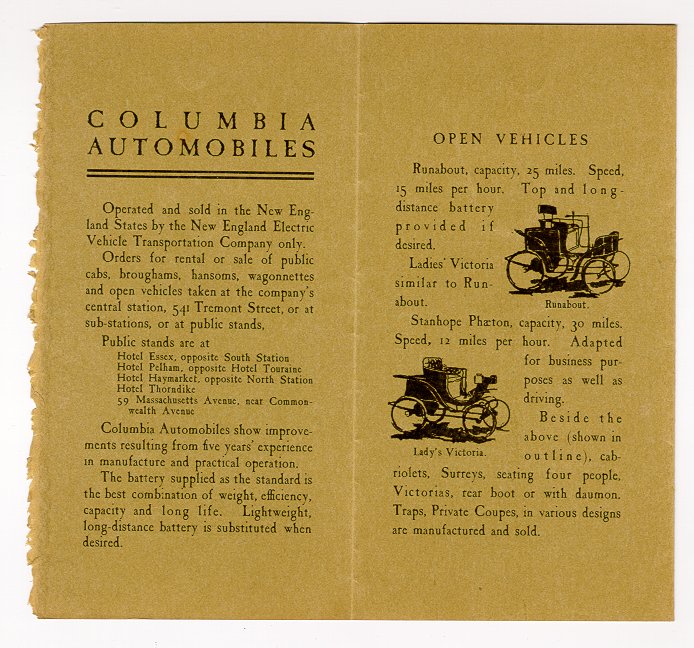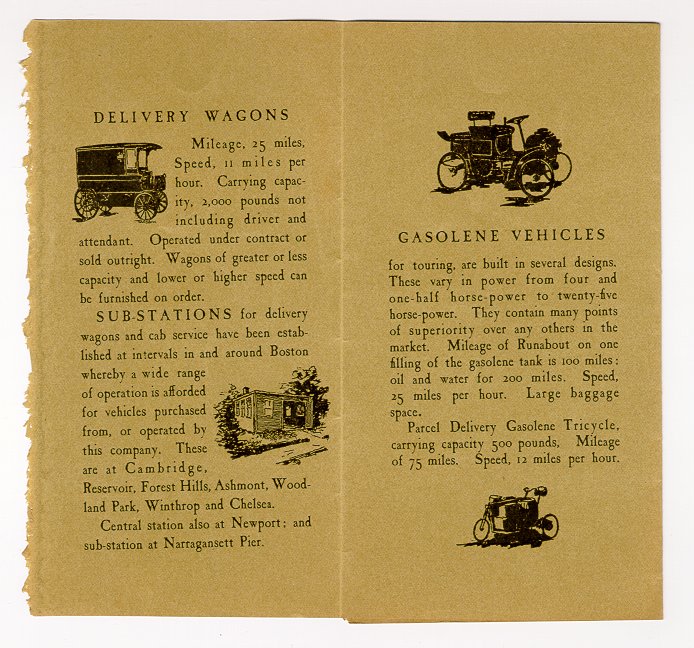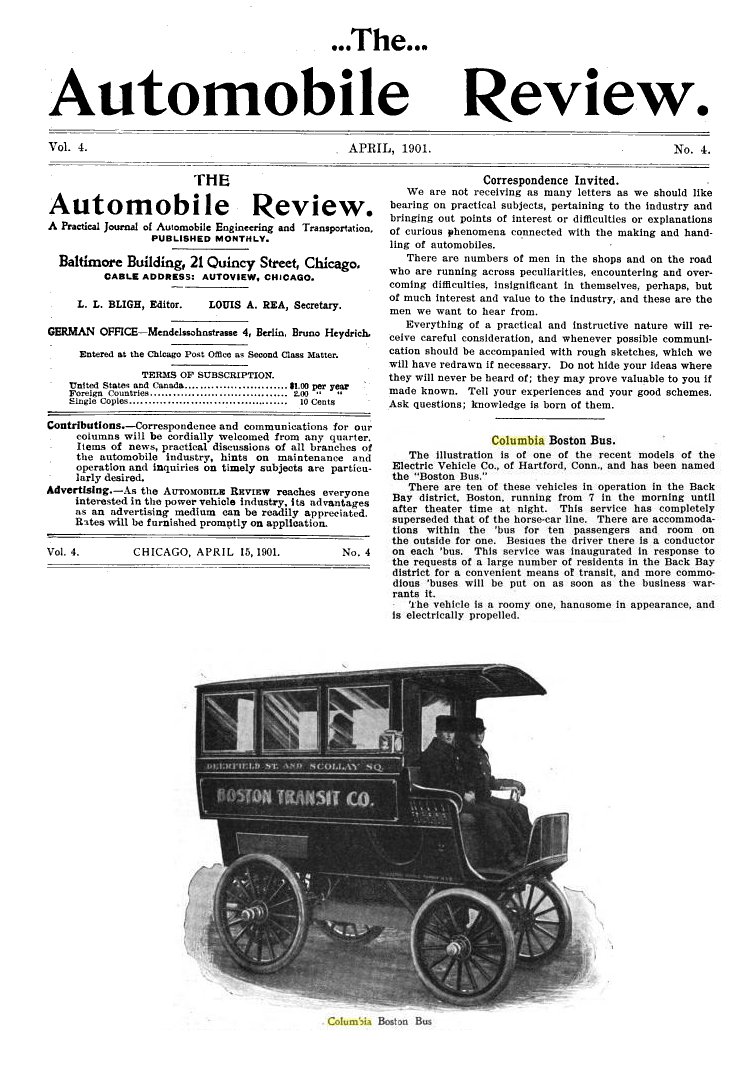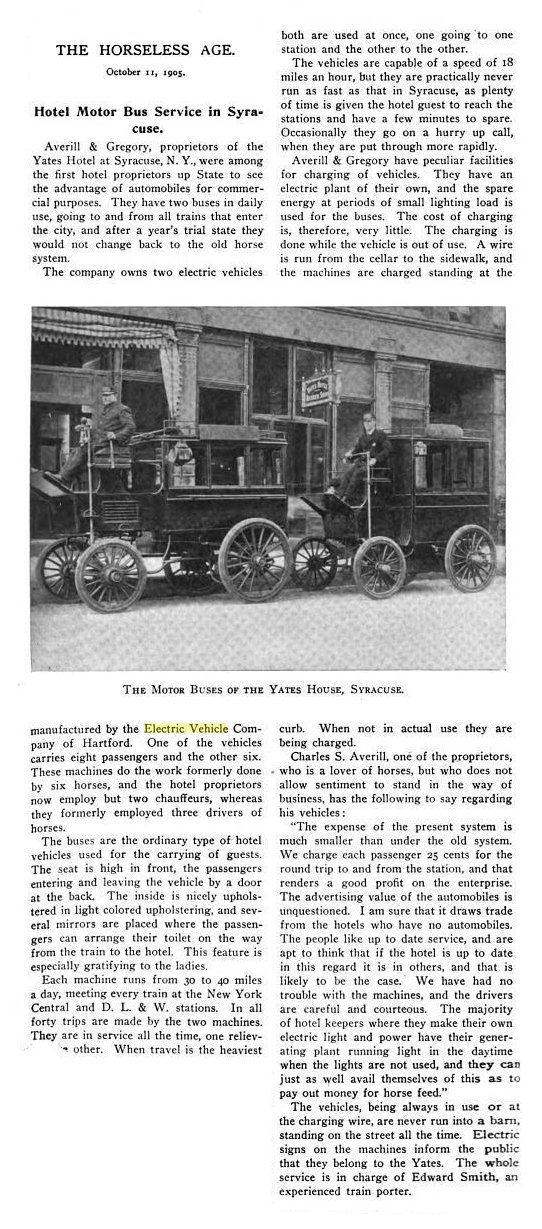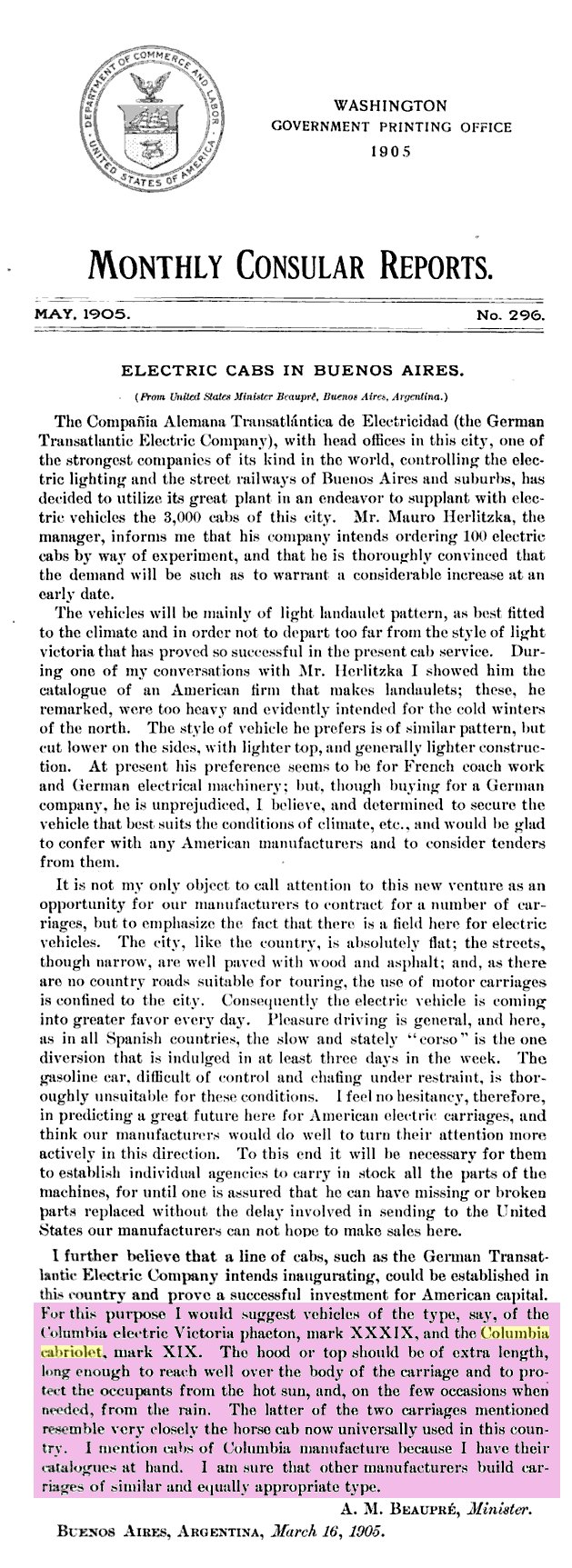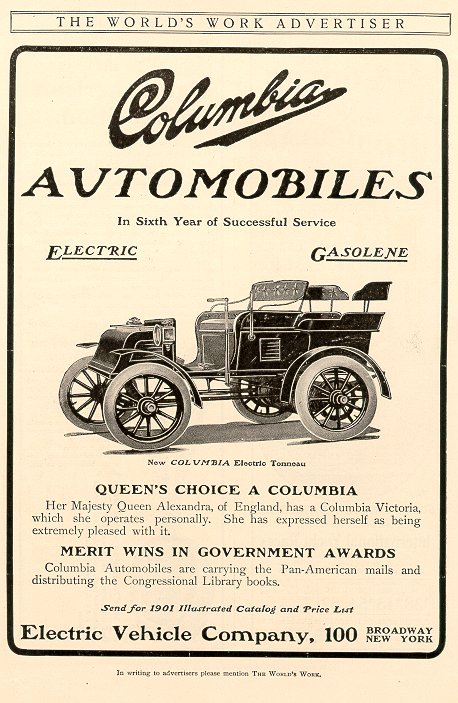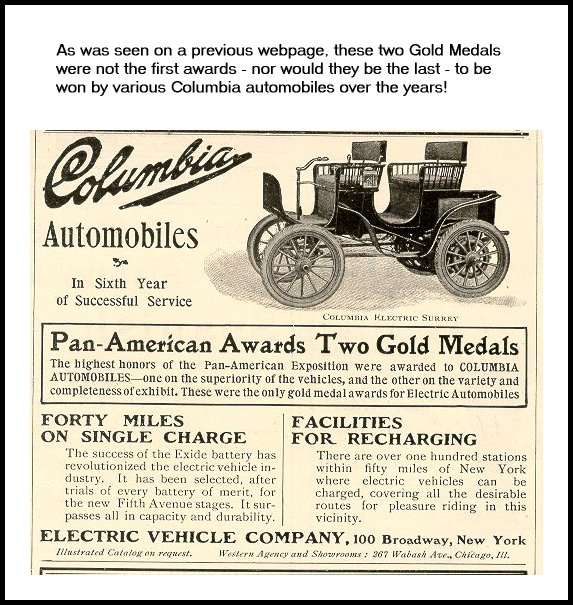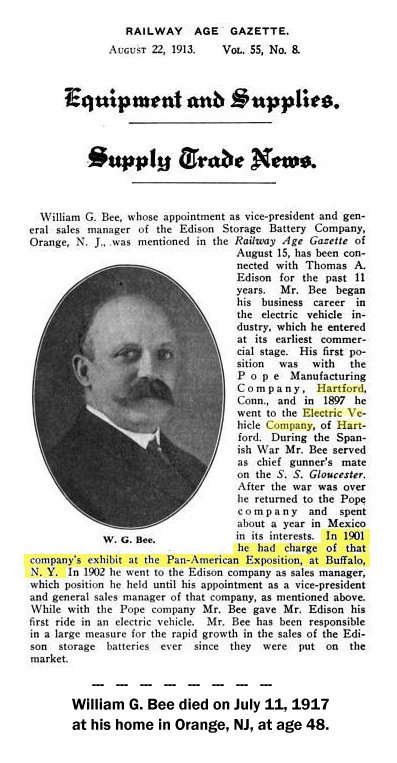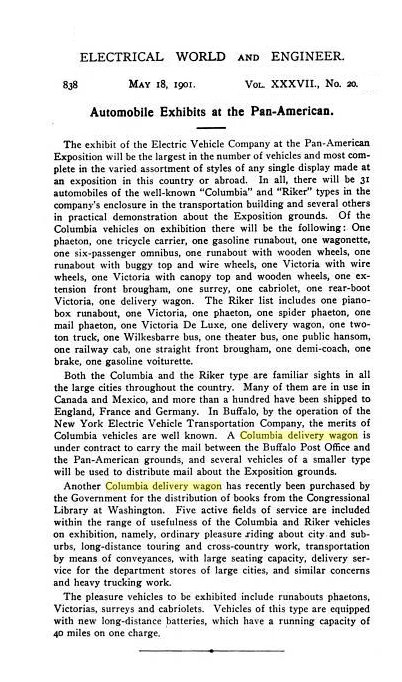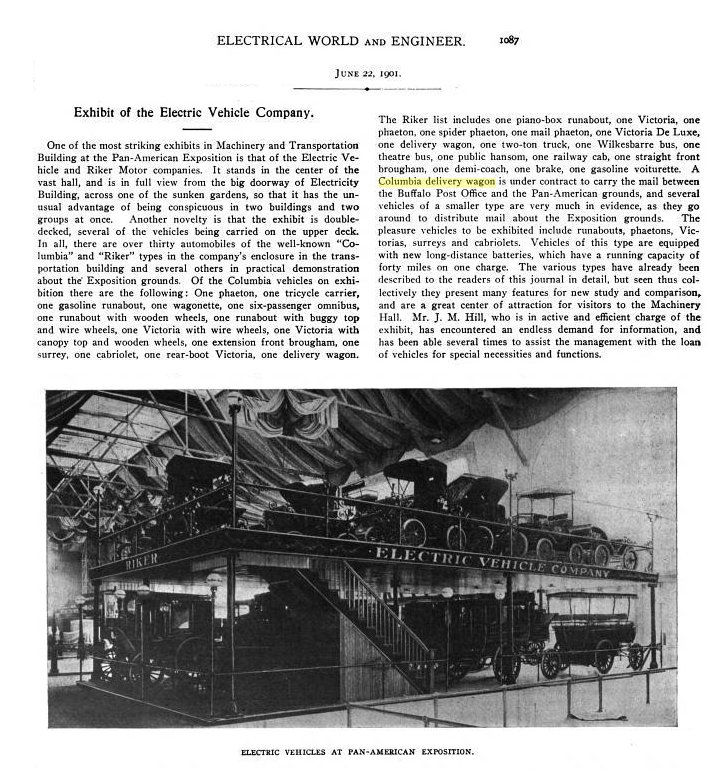|
The annual report of the Third Assistant
Postmaster General for 1900
announced the Pan-American Issue as follows:
"At the instance of the authorities of the Pan-American
Exposition to be held at Buffalo, NY, from May 1 to October 1,
1901, the Postmaster General has authorized the issue of a special
series of postage stamps to commemorate the
exposition, which owing to its magnitude and international character is
fairly entitled to this mark of recognition by
the Post Office Department. The new stamps will be furnished to all
postmasters upon their requisition, and the first
issue will be made at the time the exposition is inaugurated, May 1,
1901, the stamps being withdrawn at the close of
the exposition, October 31.
"It has been decided to issue these stamps in six
denominations, 1, 2, 4, 5, 8, and 10 cents, and to make them the most
artistic series ever issued by the Department. The Bureau of Engraving
and Printing has cooperated to this end and has
consented to print the issue in two colors, an undertaking which
involves considerable difficulty, particularly in view
of the enormous amount of other work required of it. The Bureau of
Engraving and Printing took control of the
manufacture of postage stamps in July, 1894, and has steadily improved
the character of this work up to date. In
executing the wishes of the Department as to the Pan-American series,
it has thus far equaled all expectations. The
result is a stamp that will, I believe, at once delight the eye and
otherwise gratify the Department and the public.
The designs selected represent the latest and most improved modes of
transportation and auxiliaries thereto, as appears
from the following descriptions:
| Denomination |
Subject |
Color |
Legend |
| 1 cent |
Lake steamer |
Green |
Fast lake navigation |
| 2 cents |
Railway train |
Red |
Fast express |
| 4 cents |
Automobile |
Red-brown |
Automobile |
| 5 cents |
Steel-arch bridge |
Blue |
Bridge at Niagara Falls |
| 8 cents |
Ship-canal locks |
Lilac |
Canal locks at Sault Sainte Marie |
| 10 cents |
Ocean steamship |
Light brown |
Fast ocean navigation |
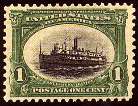
Sc. 294 |
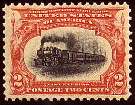
Sc. 295 |
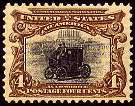
Sc. 296 |
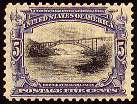
Sc. 297 |
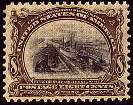
Sc. 298 |
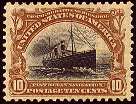
Sc. 299 |
ONE CENT - The lake steamer presents the port bow, the pilot
house is well forward, and it is propelled by side
wheels.
TWO CENTS - The train of four cars is drawn by a locomotive
with four drivers; four parallel tracks are shown.
FOUR CENTS - The automobile is of the closed-coach order, with
two men on the box and a part of the United States
Capitol at Washington as a background.
FIVE CENTS - this presents the largest single span steel
bridge in the world; two trolley cars are seen upon it, and a
full view of Niagara Falls is show under, beyond, and up the river,
with the graceful springing arch as a frame.
EIGHT CENTS - The great ship-canal locks at Sault Sainte
Marie, Mich., are given in a view from a higher point,
including the immediate surroundings.
TEN CENTS - An ocean steamship of the American line, with two
smokestacks and masts, presents it starboard bow, lapped
by a rising wave."
(from The Postage Stamps of
the United States by John Luff, 1902)
*
* *
* *
The text
above has a charming quaintness of wording. It is refreshing to
think of a time, little more than a century ago, when these images
represented the state-of-the-art in transportation and technology.
The Pan-American Exposition stamps were
issued in conjunction with the The Pan-Am Expo in Buffalo, NY, in 1901.
The Expo had been planned for 1900, to celebrate the new century, but
delays made the promoters put it off a year. Since the Expo had been
organized with the support and approval of the US government, it was
only natural that special stamps should be issued to advertise it, as
they had been for the World's Columbian Expo in Chicago in 1893, and
the Trans- Mississippi Expo in Omaha in 1898. To give the stamps added
appeal, they were printed in two colors, which had been done only once
before on US postage stamps, and had to be "sold" to the Bureau of
Engraving and Printing, against their vigorous objections, as a way of
proving their "artistic craftsmanship" (hence, presumably, the
elaborate praise in the official release announcement above).
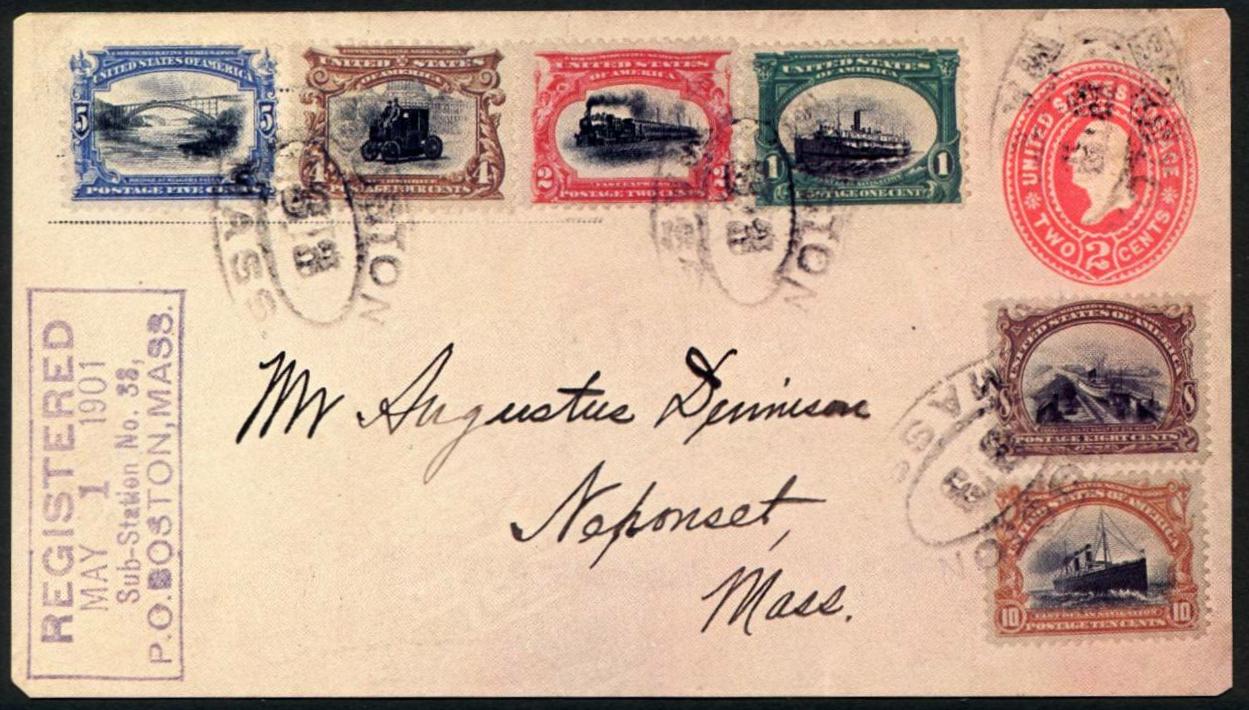
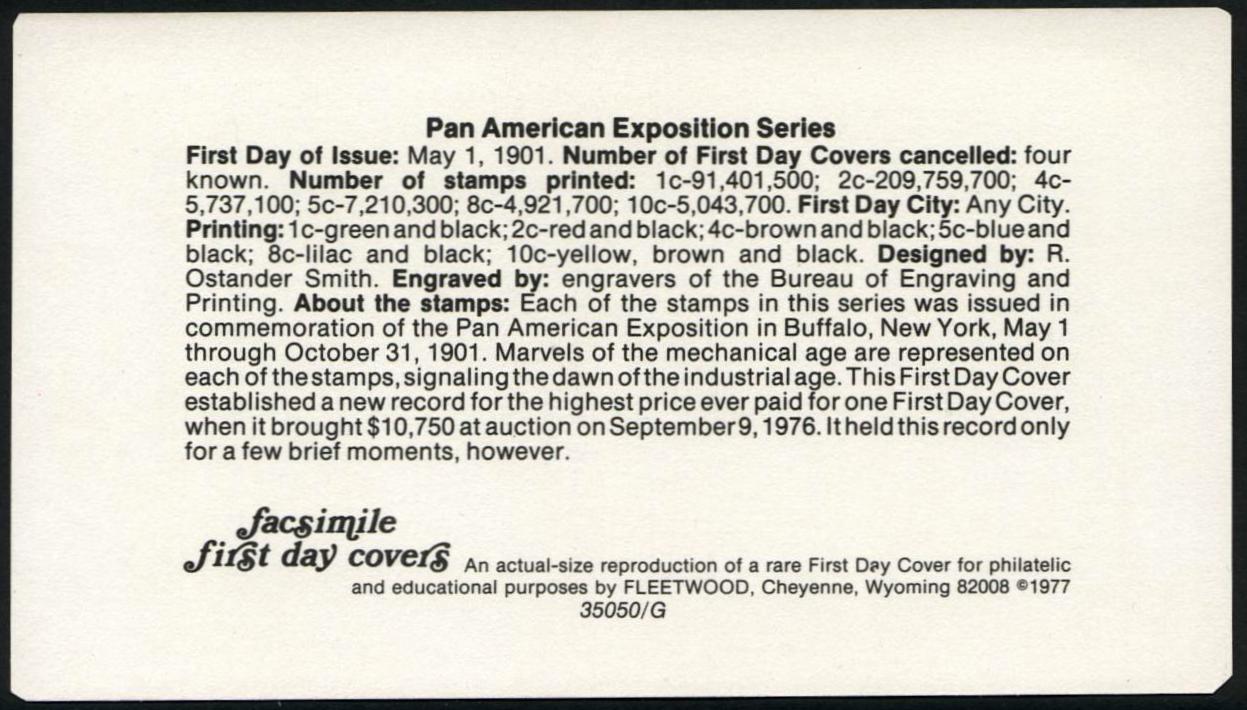
As everyone expected when the use of two-color
printing was announced, invert errors of three of the stamps (294, 295,
and 296) slipped through the quality control process and reached the
public.
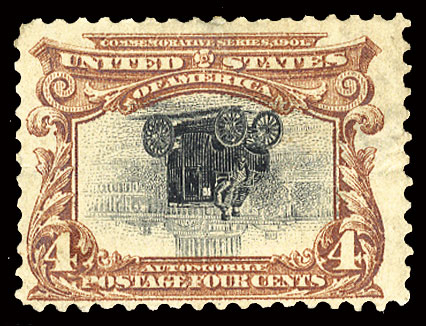
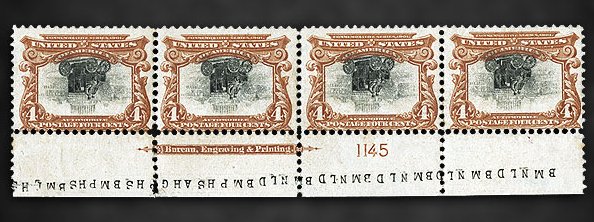
The USPS issued the "souvenir sheet" (below) on March 29, 2001, to
commemorate the 100th anniversary of the Pan-Am Inverts. The philatelic
press pointed out that a souvenir sheet should be issued as a souvenir
of something, preferably a philatelic expo, and this had no such
connection, so this is more a commemorative panel. And why did they
release it in NYC, rather than Buffalo? It also seemed odd the USPS
should celebrate a goof, the fact that the inverts were sold in the
first place - errors are supposed to be caught and destroyed before
they leave the printing plant. Many people found the price odd - $3.27
per sheet - and objected to the 80¢ stamps - eighty cents was the
one-ounce rate for international mail.
The USPS publicity for the issue explains the
image that fills most of the sheet - a
reproduction from the cover of a guide to the Pan-Am Expo - as
depicting an allegorical
female figure, representing unity among the Americas, standing on a
globe. The flag she
holds is half American and half Canadian, a very diplomatic gesture,
considering
Buffalo's location on the US-Canada border.
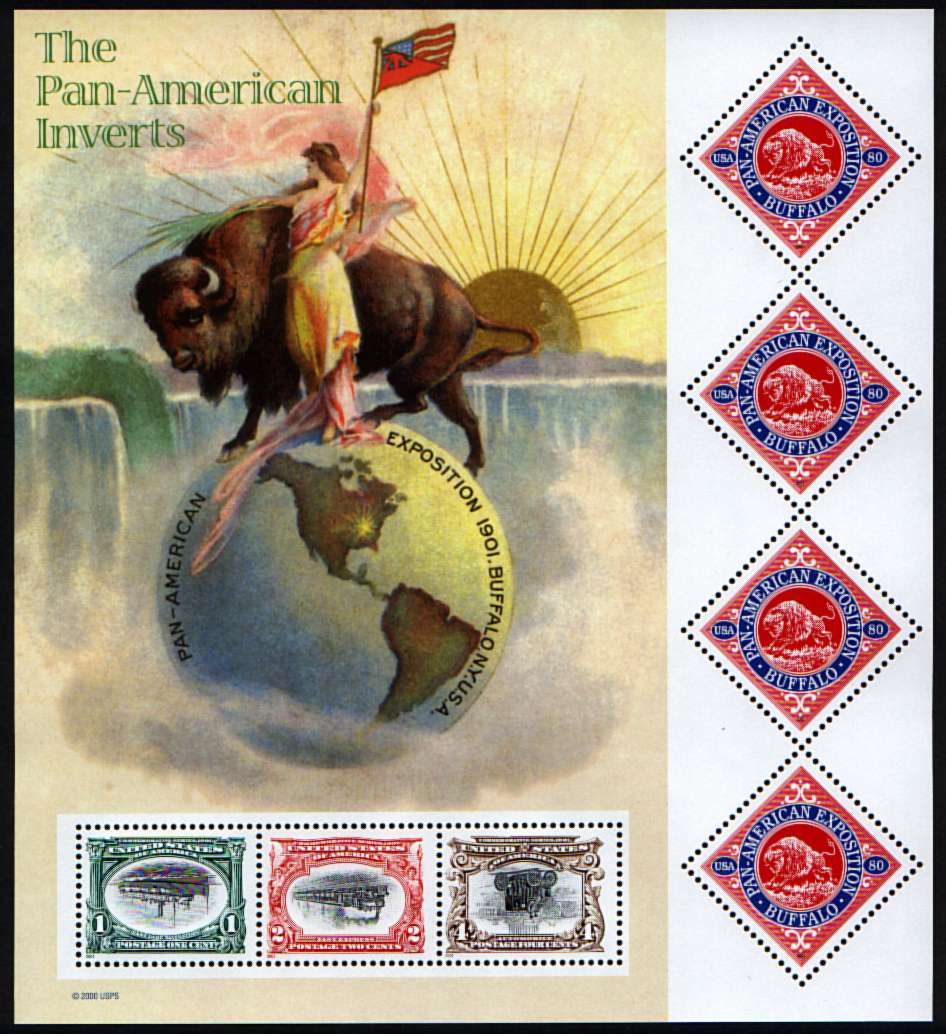
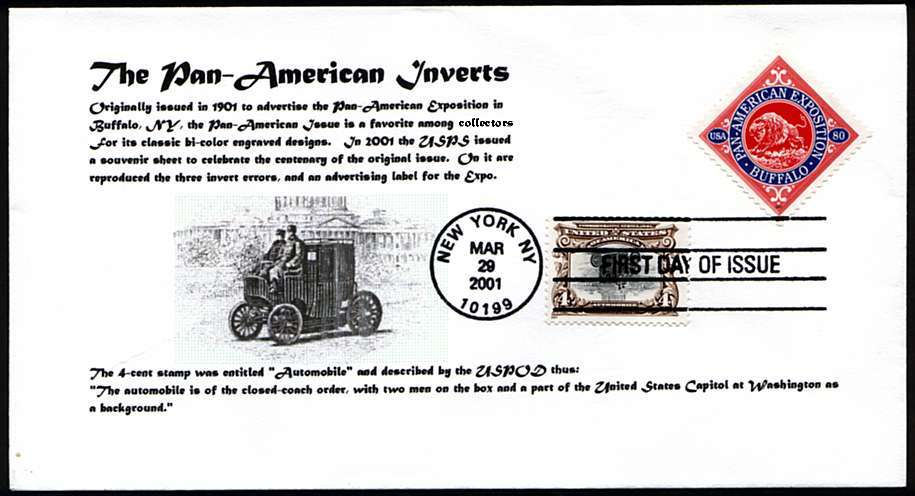
1901
Postage Stamps of the United States
First Issued in 1901
Presidents: Jan. 1- Sep. 4: William McKinley · Sep. 4 - Dec. 31:
Theodore Roosevelt
Postmaster General:Charles Emory Smith
Domestic Letter Rate: 2¢ per oz. · Postcard Rate: 1¢
· Registry Fee: 8¢ · Foreign Rate: 5¢
The Pan-American Exposition Issue - World's Fair - Buffalo, New York
Flat Plate - 200 Subject Plates - Double-line Watermark - Perf 12 -
Designer : R. Ostrander Smith
Engravers
Vignette: 1¢ - G.F.C. Smillie · 2¢-10¢ - Marcus
Baldwin and Lyman F. Ellis
Frame: 1¢ - Robert Ponickau · 2¢-10¢ - Marcus
Baldwin and Lyman F. Ellis
Lettering and Numerals: Lyman F. Ellis
The Pan-American Exposition Stamps of 1901
As
with the Columbian and Trans-Mississippi Exposition stamps that
preceded them and as with many of the "commemorative" sets issued in
the following decades, the Pan-American stamps were issued to promote
an exposition, not to commemorate anything. The term "commemorative" is
somewhat misleading, most of our early commemorative stamps may just as
well be referred to as promotional stamps.
To get around the law prohibiting the use of advertisements on U.S.
postage stamps, "Commemorative Series, 1901" was placed on each stamp,
rather than the name of the exposition itself. The inability to
advertise directly, in part, gave rise to a variety of Pan-American
Exposition cancellations promoting and providing souvenirs for the
event. Many of the cancellations and covers bearing these cancellations
are very collectible today.
The designs of the frames of the Pan-American stamps are quite large in
comparison to the size of the stamps themselves and well-centered
copies bring quite a premium. Straight-edges may occur at either the
top or bottom of the stamps and care must be taken to insure that the
stamp has not been reperforated to make a fully perforated
well-centered stamp. Fortunately, there were no straight-edges at left
or right, but even then the stamp may have been reperforated to hide a
flaw, the point being that special care must be taken when examining a
well-centered Pan-American stamp, particularly at top and bottom.
It is interesting to note that no less than half the stamps have "FAST"
in the title and a fourth, has "AUTOMOBILE", although not yet reaching
the distinction of being "fast", all signifying the role that increased
speed would play in the delivery of goods driving the burgeoning
economy. Opening in Buffalo, New York on May 1, 1901, the Pan American
Exposition and World's Fair high-lighted technical achievement and the
role it would play in America's future as the twentieth century began.
The 1¢ Fast Lake Navigation
The one cent stamp
portrays the steamship "City of Alpena" which operated along the Great
Lakes. The stamp was printed in two steps, first the vignette, the
illustration of the steamship, was printed in black and then the frame
surrounding it was printed in green. Since it was difficult for the
printer to place the sheets in exactly the correct position for the
frame to be printed perfectly centered, some misregistration was to be
expected. In fact, the ship may appear nearly anywhere in the frame,
leading to highly collectible items such as "fast", "slow" and
"sinking" ship varieties. But the most collectible variety is the one
in which the frame was actually printed upside down! These are known to
collectors as "inverted centers" and are highly sought after.
The 2¢ Fast Express
The two cent stamp portrays the
"Empire State Express" out of the New York Central and Hudson River
Railroads. Politics played a key role in the choice of the design,
honoring a New York commercial venture. As with the one cent stamp,
misregistration of the vignette was widespread, in fact more so on the
two cent than on any others of the series. Shifts with the train well
into the frame are known; "Fast" and "Slow" train varieties are very
popular among collectors. Inverts are known, but are much rarer than
the one cent inverts.
The 4¢ Automobile
The four cent stamp portrays an electric automobile, or more
appropriately an "Electric Vehicle Service" as illustrated in the turn
of the century Baltimore and Ohio Railroad flyer from which the
engraving of the stamp was based, complete with Capitol Dome in the
background. There has been some debate as to whether this stamp was the
first U.S. stamp to depict a living person. It is argued that the
2¢ Trans-Mississippi stamp holds that distinction and there is
merit in Gary Griffith's argument that the two men depicted in the
"front" seat are both chauffeurs and that the man in the passenger
compartment is actually the first living man depicted on a U.S. stamp -
Samuel P. Hege.
Misregistration of the vignette was not as widespread on this
stamp as on the 1¢ and 2¢ stamps. Inverts are known, but are
the result
of deliberate manipulation, not the result of error as were the one
cent and two cent inverts. Still, this has not diminished the
desirability of the contrived four cent invert, it actually brings a
higher premium than the one cent invert, and is nearly equal in
desirability to the non-philatelic two cent invert.
The 5¢ Bridge at Niagara Falls
The five cent stamp
portrays what was then the largest single span steel bridge in the
world, traversing the Niagara Falls. If you look closely you can see
two trolley cars crossing the bridge linking the U.S. and Canada.
Niagara Falls was of course an integral part of the World's Fair in
Buffalo, and the hydroelectric power that it delivered turned on the
spectacular "City of Lights", the most breath-taking display of
electric light to date, and certainly one of the highlights of the Fair.
Five cents was the rate that paid the foreign destination fee for
first class mail. Covers with an Exposition cancellation bring
substantial premiums.
The 8¢ Canal Locks at Sault de Ste. Marie
The eight
cent stamp portrays the canal locks at Sault de Ste. Marie. As with the
"Bridge at Niagara Falls" stamp, this stamp illustrates a spirit of
international co-operation, with the sister cities Sault Sainte Marie,
Michigan and Sault Sainte Marie, Ontario sharing the honors. The locks
were a great engineering feat and did much to promote commerce in the
Midwest, providing navigational links between Lake Superior and Lake
Huron and therefore the rest of the Great Lakes and the Atlantic Ocean.
Eight cents paid the registered letter fee in 1901, and most
covers bearing this stamp are joined by a 2¢ stamp, paying both
the
letter and registry fee.
The 10¢ Fast Ocean Navigation
The ten cent stamp
portrays the American Liner steamship, St. Paul, with a touch of
artistic license. The St. Paul's claim to fame was that it was the
first commercial ship to be commissioned as a warship during the
Spanish-American War, still fresh in the minds of the designers of this
series.
Ten cents paid the letter and registry fee in 1901, and solo usage is
common for covers bearing this stamp, although the covers themselves
are not at all common.
The following postage stamp varieties were first issued by the U.S. in
1901:
No new major varieties of regular issue U.S. postage stamps were issued
in 1901
No new varieties of U.S. Special Delivery stamps were issued in 1901
No new varieties of U.S. Postage Due stamps were issued in 1901
Commemoratives:
US 294 - 1¢ Fast Lake Navigation - 91,401,500 issued - First Day:
May 1, 1901
US 295 - 2¢ Fast Express - 209,759,700 issued - First Day: May 1,
1901
US 296 - 4¢ Automobile - 5,737,100 issued - First Day: May 1, 1901
US 297 - 5¢ The Bridge at Niagara Falls - 7,201,300 issued - First
Day: May 1, 1901
US 298 - 8¢ The Canal Locks at Sault de Ste. Marie - 4,921,700
issued - First Day: May 1, 1901
US 299 - 10¢ Fast Ocean Navigation - 5,043,700 issued - First Day:
May 1, 1901
|
|
